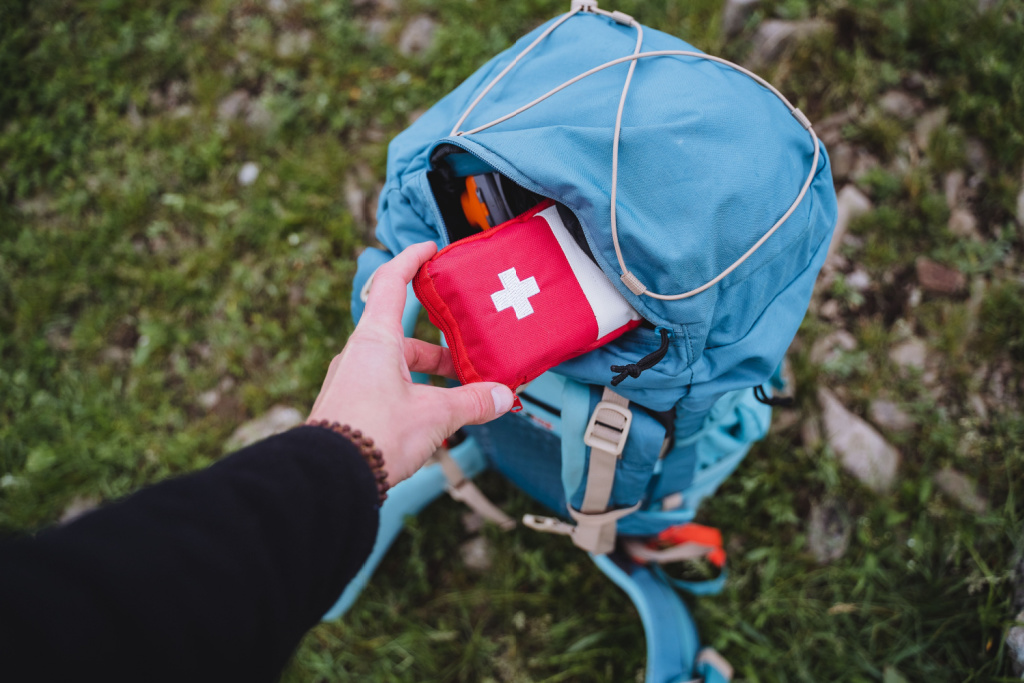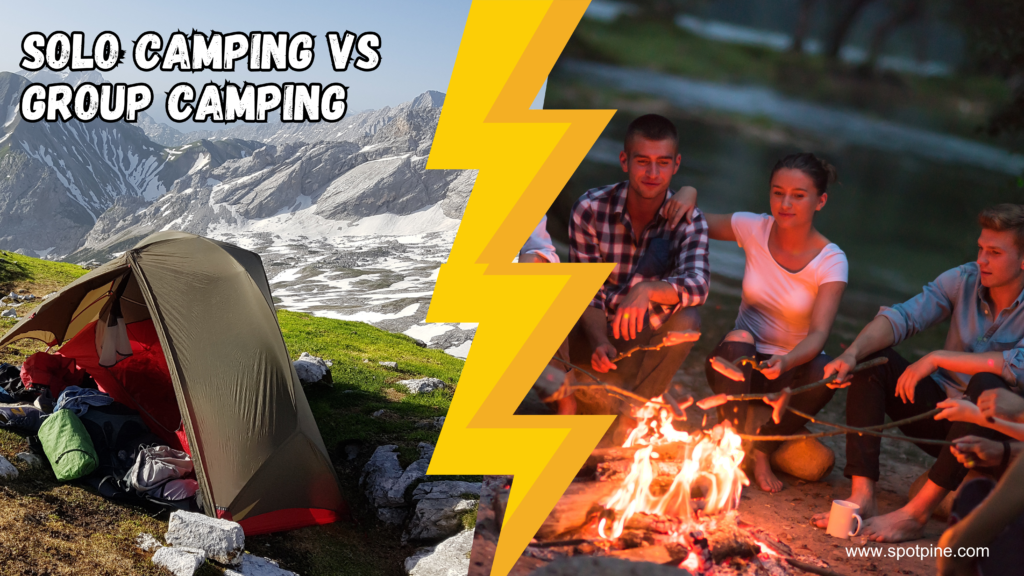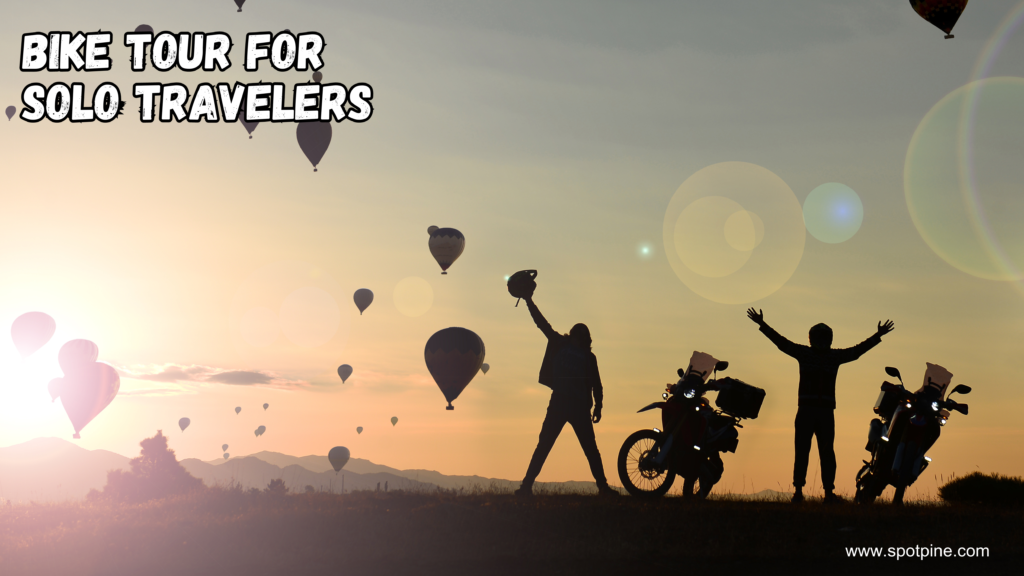Essential camping safety tips include staying informed about the weather and packing necessary supplies. Always inform someone about your camping location and return date.
Camping offers a wonderful opportunity to connect with nature and unwind. To ensure a safe and enjoyable experience, preparation is key. Research the area you plan to visit to understand potential risks, such as wildlife or hazardous terrain. Equip yourself with a first-aid kit, sufficient food, water, and appropriate clothing.
Keep a map and compass handy, even if you have a GPS. Set up camp in a safe location, away from potential dangers like falling branches or flood zones. By taking these precautions, you can enjoy a memorable and safe camping trip.

Credit: www.envirodesignproducts.com
Preparation Before The Trip
Preparation is key to a safe and enjoyable camping trip. Ensuring you are well-prepared can prevent many common issues. Here are essential steps to take before your camping adventure.
Research The Area
Start by researching the area you plan to visit. Knowing the terrain, weather conditions, and local wildlife helps you prepare better.
- Check the weather forecast for the days you will be camping.
- Understand the terrain to pack appropriate gear.
- Learn about local wildlife to avoid dangerous encounters.
Look up the camping regulations and rules of the area. This ensures you follow the guidelines and protect nature.
- Find out if fires are allowed.
- Check for any specific waste disposal rules.
- See if there are any restricted areas.
Pack Essential Gear
Packing the right gear is crucial for a safe camping experience. Make a checklist of all essential items you need to bring.
| Item | Description |
|---|---|
| Tent | A sturdy, weather-resistant tent for shelter. |
| Sleeping Bag | A warm sleeping bag suitable for the weather. |
| First Aid Kit | A complete first aid kit for emergencies. |
| Navigation Tools | Map, compass, and GPS device. |
| Food and Water | Enough food and water for the entire trip. |
| Clothing | Weather-appropriate clothing layers. |
Remember to pack a firestarter and multi-tool for various needs. Always bring a flashlight with extra batteries for nighttime visibility.
- Firestarter: Matches, lighter, or flint.
- Multi-tool: Knife, pliers, and screwdriver.
- Flashlight: LED flashlight with spare batteries.
Ensure your backpack is comfortable and fits well. Distribute the weight evenly to avoid strain.
Backpacking Checklist: Your Complete Essentials Guide
First Aid Knowledge
Camping is fun, but safety is important. Knowing first aid can save lives. It helps you handle injuries and emergencies quickly. Here, we will cover the basics of first aid knowledge.
Basic First Aid Kit
A well-stocked first aid kit is essential. It should include:
- Bandages and gauze
- Antiseptic wipes
- Adhesive tape
- Pain relief medication
- Scissors and tweezers
- Thermometer
- Gloves
- CPR mask
Keep your kit in a waterproof container. Check it before every trip. Replace used or expired items.
Emergency Procedures
Knowing how to act in an emergency is crucial. Follow these steps:
- Stay calm.
- Assess the situation.
- Call for help if needed.
- Provide basic first aid.
Learn CPR and the Heimlich maneuver. These skills are vital. Practice them often. It can make a big difference in emergencies.
Here is a simple table for quick reference:
| Emergency | Action |
|---|---|
| Bleeding | Apply pressure with a clean cloth |
| Burns | Cool with water, cover with clean cloth |
| Choking | Perform the Heimlich maneuver |
| Unconsciousness | Check breathing, start CPR if needed |
Keep this table handy. It helps you act quickly during emergencies.
Safe Food And Water
When camping, ensuring safe food and water is crucial. Improper handling can lead to illness. Follow these tips to keep your food and water safe.
Proper Food Storage
Proper food storage prevents spoilage and keeps animals away. Use the following methods:
- Coolers: Use a cooler with ice packs to keep food cold. Store raw meats separately.
- Sealed Containers: Store dry foods in airtight containers. This prevents contamination and keeps pests out.
- Elevation: Hang food bags from a tree branch. This keeps animals from reaching them.
| Food Type | Storage Method |
|---|---|
| Fresh Produce | Cooler with ice packs |
| Dry Foods | Airtight containers |
| Raw Meats | Sealed bags in separate cooler |
Water Purification Methods
Access to clean water is essential. Use these methods to purify water:
- Boiling: Boil water for at least one minute to kill germs.
- Filtration: Use a portable water filter to remove impurities.
- Purification Tablets: Add tablets to water to make it safe. Follow the instructions on the package.
Boiling and filtration are effective for most water sources. In areas with heavy contamination, use purification tablets too.
Remember, keeping food and water safe is essential for a healthy camping trip. Follow these tips to enjoy your adventure without worry.
Campfire Safety
Campfires are essential for warmth and cooking during camping. They also create a cozy atmosphere. Yet, they can be dangerous if not handled properly. Follow these essential campfire safety tips to ensure a fun and safe camping experience.
Choosing A Safe Location
Selecting the right spot is crucial for campfire safety. Always choose a location that is away from dry grass, leaves, and overhanging branches. Look for a clear, open area that is at least 15 feet away from tents, gear, and flammable materials.
Use a designated fire pit if available. If not, build a fire ring with rocks to contain the flames. Make sure the ground is level and free of debris. This helps prevent sparks from spreading.
Extinguishing The Fire Properly
Properly extinguishing your campfire is just as important as starting it. Always have a bucket of water and a shovel nearby. These tools are essential for putting out the fire completely.
- Pour water on the fire until the hissing sound stops.
- Stir the ashes with a shovel to ensure all embers are out.
- Pour more water on the ashes and stir again.
- Touch the ashes with the back of your hand to ensure they are cold.
Never leave a campfire unattended. Make sure it is completely out before going to bed or leaving the campsite.
Wildlife Awareness
Camping in the wild can be fun and thrilling. But, it is important to stay safe. One key aspect of camping safety is wildlife awareness. Understanding how to coexist with wildlife can prevent dangerous encounters and ensure a smooth camping experience.
Avoiding Dangerous Animals
Stay alert and aware of your surroundings. Many animals avoid humans but can become dangerous if provoked.
- Research the local wildlife in the area you plan to camp.
- Make noise while hiking to avoid surprising animals.
- Keep a safe distance from all wildlife, even if they seem harmless.
- Carry bear spray in bear-prone areas.
Always remember, wild animals can be unpredictable. It’s best to admire them from afar.
Proper Food Disposal
Properly disposing of food can prevent attracting unwanted wildlife to your campsite.
- Store food in airtight containers.
- Use bear-proof canisters where required.
- Hang food bags at least 10 feet off the ground.
- Dispose of all food waste far from your campsite.
Table showing how to store and dispose of food:
| Action | Method |
|---|---|
| Store Food | Airtight Containers |
| Bear-prone Areas | Bear-proof Canisters |
| Hang Food Bags | 10 Feet Off Ground |
| Dispose of Waste | Far from Campsite |
These steps help keep wildlife safe and your campsite secure.

Credit: blog.whiteduckoutdoors.com
Weather Preparedness
Camping is fun, but being prepared for the weather is key. Weather can change quickly, and being ready helps keep everyone safe. Below are essential tips for weather preparedness.
Checking Weather Forecast
Always check the weather forecast before you go camping. This helps you pack the right gear.
Use reliable sources like the National Weather Service or a trusted weather app.
| Weather Condition | Necessary Gear |
|---|---|
| Rain | Raincoat, Waterproof Tent |
| Hot | Sunscreen, Hat, Extra Water |
| Cold | Warm Clothes, Extra Blankets |
Clothing And Shelter
Proper clothing is essential. Wear layers to adjust to temperature changes.
Always pack a waterproof jacket and sturdy shoes. These keep you dry and safe.
Choose a strong and waterproof tent. This keeps you protected from the elements.
- Layered Clothing
- Waterproof Jacket
- Sturdy Shoes
- Strong Tent
By being prepared for the weather, your camping trip will be safer and more enjoyable.
Navigation Tools
Having the right navigation tools is crucial for a safe camping trip. Whether you’re a seasoned camper or a newbie, knowing how to navigate will keep you on track. This section covers the essential tools you need for navigation during camping.
Using Maps And Gps
Always carry a physical map of the area. Digital devices can fail, so a map is a reliable backup. Learn to read topographic maps. They show elevation changes and landmarks. These details help you navigate tough terrain.
Use a GPS device or a smartphone with offline maps. Ensure your GPS is fully charged. Bring extra batteries or a portable charger. Download maps before you head out. This ensures you have them even without internet.
Marking Your Campsite
Marking your campsite helps you find your way back. Use bright-colored markers or flags. Place them at eye level around your site. This makes them visible from a distance.
Set up a unique marker at your camp entrance. This could be a specific colored flag or a patterned object. It helps you identify your campsite easily among others.
Consider using a breadcrumb method. Leave small, noticeable markers along your path. It helps you retrace your steps.
| Tool | Purpose |
|---|---|
| Physical Map | Reliable backup for navigation |
| GPS Device | Accurate location tracking |
| Bright Markers | Identify campsite and path |
| Portable Charger | Keep devices powered |
- Carry both physical and digital maps.
- Mark your campsite with bright colors.
- Use unique markers at your camp entrance.
- Leave small markers along your path.
These steps ensure you have a safe and enjoyable camping trip. Stay prepared and always know your way.
Personal Safety
Personal safety is crucial during camping. Protect yourself from potential dangers. Follow these tips to ensure a safe camping experience.
Traveling With A Buddy
Always travel with a buddy. It reduces the risk of accidents. A buddy can help in emergencies.
- Share your plans with someone.
- Stay close to your buddy.
- Check on each other regularly.
Self-defense Tools
Carry self-defense tools. They keep you safe from threats. Learn how to use them properly.
| Tool | Purpose |
|---|---|
| Pepper Spray | Repels attackers |
| Whistle | Alerts nearby people |
| Small Knife | Useful for various tasks |
Keep these tools handy. Ensure they are easily accessible. They can save your life.

Credit: www.adventurebook.com
Staying safe while camping ensures a memorable and enjoyable experience. Follow these essential tips to prevent accidents and stay prepared. Always prioritize safety and respect nature. With proper planning and vigilance, your camping adventure will be both fun and safe.
Enjoy the great outdoors responsibly and create lasting memories.
10 Essential Solo Camping Tips for Women
FAQs:
What Are Basic Camping Safety Tips?
Always inform someone about your camping location. Pack a first aid kit. Stay hydrated and protect against wildlife.
How Can I Stay Safe From Wildlife?
Store food securely, away from your tent. Avoid feeding animals. Keep a safe distance from wildlife.
What Should I Do In Case Of A Storm?
Seek shelter immediately. Avoid tall trees and open fields. Stay inside your tent until the storm passes.
How To Prevent Campfire Accidents?
Build fires in designated areas. Keep water or sand nearby. Never leave a fire unattended.


